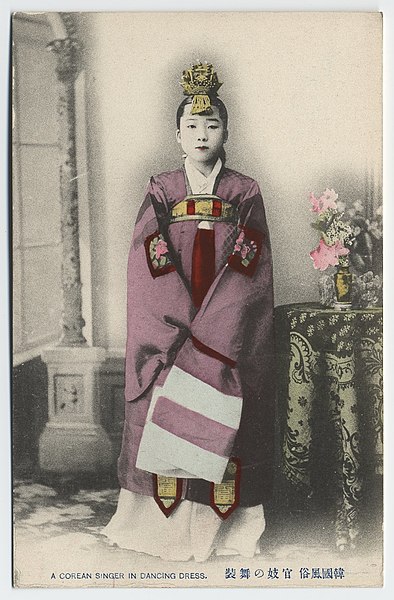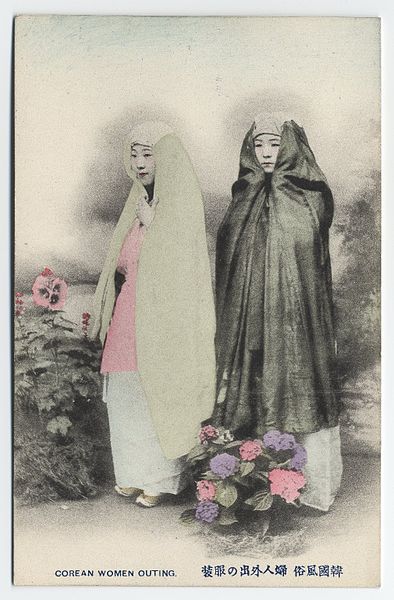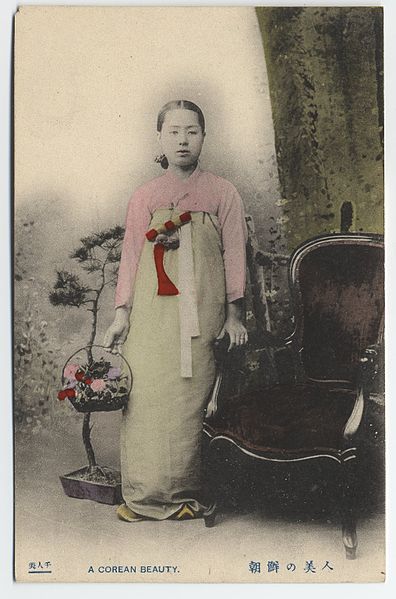
Through the generosity of the late Professor Benedict Anderson and Ajarn Charnvit Kasetsiri, the Thammasat University Library has newly acquired some important books of interest for students of Association of Southeast Asian Nations (ASEAN) studies, political science, literature, and related fields.
They are part of a special bequest of over 2800 books from the personal scholarly library of Professor Benedict Anderson at Cornell University, in addition to the previous donation of books from the library of Professor Anderson at his home in Bangkok. These newly available items will be on the TU Library shelves for the benefit of our students and ajarns. They are shelved in the Charnvit Kasetsiri Room of the Pridi Banomyong Library, Tha Prachan campus.
Among them is a newly acquired book that should be useful to TU students who are interested in cultural politics, history, Asian studies, colonialism, religion, medicine, and related subjects.
Fifteen Years Among the Top-Knots; Or, Life in Korea is by Lillias Stirling Horton Underwood, M.D.
The TU Library collection contains many other books on different aspects of the history and culture of Korea.
Reverend Horace Grant Underwood, the first American Presbyterian Church missionary to Korea and a cofounder of Yonsei University, arrived in Seoul in April, 1885. Today, Yonsei University is a leading private research university in Seoul, South Korea.
The future Mrs. Underwood, Dr. Lillias Sterling Horton, one of the first woman medical missionaries, followed in 1888. Both missionaries devoted their lives to the modernization of Korea.
A topknot or sangtu is a knotted hairstyle that married men of the Joseon Dynasty wore in Korea. The Joseon Dynasty was a Korean dynastic kingdom that lasted for over five centuries, from the 1300s to the end of the 1800s. It was the last dynastic kingdom of Korea.
As her book’s introduction explains,

Mrs. Underwood, then Miss Lillias Horton, of Chicago, went to Korea as a medical missionary in 1888. As a Secretary of the Presbyterian Board, accustomed to visit viour candidates before appointment, I found her a bright young girl of slight and graceful figure in one of the Chicago hospitals, where she was adding to her medical knowledge some practical experience as a trained nurse. There was nothing of the consciousness of martyrdom in her appearance, but quite the reverse, as with cheerful countenance and manner she glided about in her white uniform among the ward patients. It was evident that she was looking forward with high satisfaction to the work to which she had consecrated her life.
The story of her arrival at Chemulpo, of her first impressions of Korea, is best told in her own words. The first arrival of a missionary on the field is always a trying experience. The squalid appearance of the low native huts, whose huddled groupings Mrs. Underwood compares to low-lying beds of mushrooms, poorly clad and dull-eyed fishermen and other peasantry, contrasting so strongly with the brighter scenes of one’s home land, are enough to fill any but the bravest with discouragement and despair. But our narrator passed this trying ordeal by reflecting that she was not a tourist in pursuit of entertainment, but an ambassador of Christ, sent to heal the bodies and enlighten the souls of the lowly and the suffering.
As a young unmarried woman and quite alone, she found a welcoming home with Dr. and Mrs. Heron, and began at once a twofold work of mastering the language, and of professional service at the hospital…
Though Mrs. Underwood’s book is of the nature of a narrative, yet its smoothly running current is laden with all kinds of general information respecting the character and customs of the people, the condition of the country, the native beliefs and superstitions, the social degradation, the poverty and widespread ignorance of the masses…
Mrs. Underwood’s marriage to Rev. H. G. Underwood, who had already been four years in the country, is related with simplicity and good sense, and the remarkable bridal tour, though given more at length, is really a story not of honeymoon experiences, but rather of arduous and heroic missionary itineration. It was contrary to the advice and against the strong remonstrances of their associates and their friends in the U. S. legation that the young couple set out in the early spring of 1889 for a pioneering tour through Northern Korea.
Fortunately for the whole work of our Protestant missions, the most favorable impression had been made upon the Korean Court and upon the people by the striking and most valuable service which had been rendered by Dr. H. N. Allen, our first medical missionary, and now U. S. Minister in Korea. He had healed the wounds of some distinguished Koreans, who had been nearly killed in a midnight conflict between the Chinese and Japanese garrisons at Seoul.
Although there were strong prohibitory decrees against the admission of foreigners in the interior, Mr. and Mrs. Underwood ventured to presume upon the connivance of the officials at their proposed journey to the far north. Traveling as missionaries and without disguise, it was a plucky undertaking for the young bride, since, so far as known, she was the first foreign woman who had made such a tour. The journey was a protracted one and involved all kinds of hardship and privation. Nothing worthy of a name of inn was to be found, but only some larger huts in which travelers were packed away amid every variety of filth and vermin.
The curiosity of the people to see a foreign woman was such that the mob everywhere scrupled not to punch holes through the paper windows and doors to get a peep. After having been borne all day in a chair, not over roads, but through tortuous bridle paths, over rocks and through sloughs, it was found well-nigh impossible ixto rest at night. All sorts of noises early and late added to their discomfort. As to food, the difficulty of subsisting on such fare as the people could furnish may be well imagined. They were not wholly free from the fear of wild animals, for some districts through which they passed were infested by tigers and leopards. But their greatest danger was that of falling into the hands of roaming bands of robbers. Mrs. Underwood’s account of one experience of this kind will be read with thrilling interest…
It is impossible in few words to do justice to the story related in this interesting book, which was prepared by Mrs. Underwood at the request of the American Tract Society, or do anything more than commend in general terms its various presentations. One of these relating to the experiences of a severe cholera season, during which missionaries, not only medical but also clerical, remained faithfully at their posts, unmindful of the personal risks and of the heat, filth and discomfort of an unsanitary city in the most sickly months, in order to do all in their power to save the lives and mitigate the sufferings of the poor and despairing people.

(All images courtesy of Wikimedia Commons)
